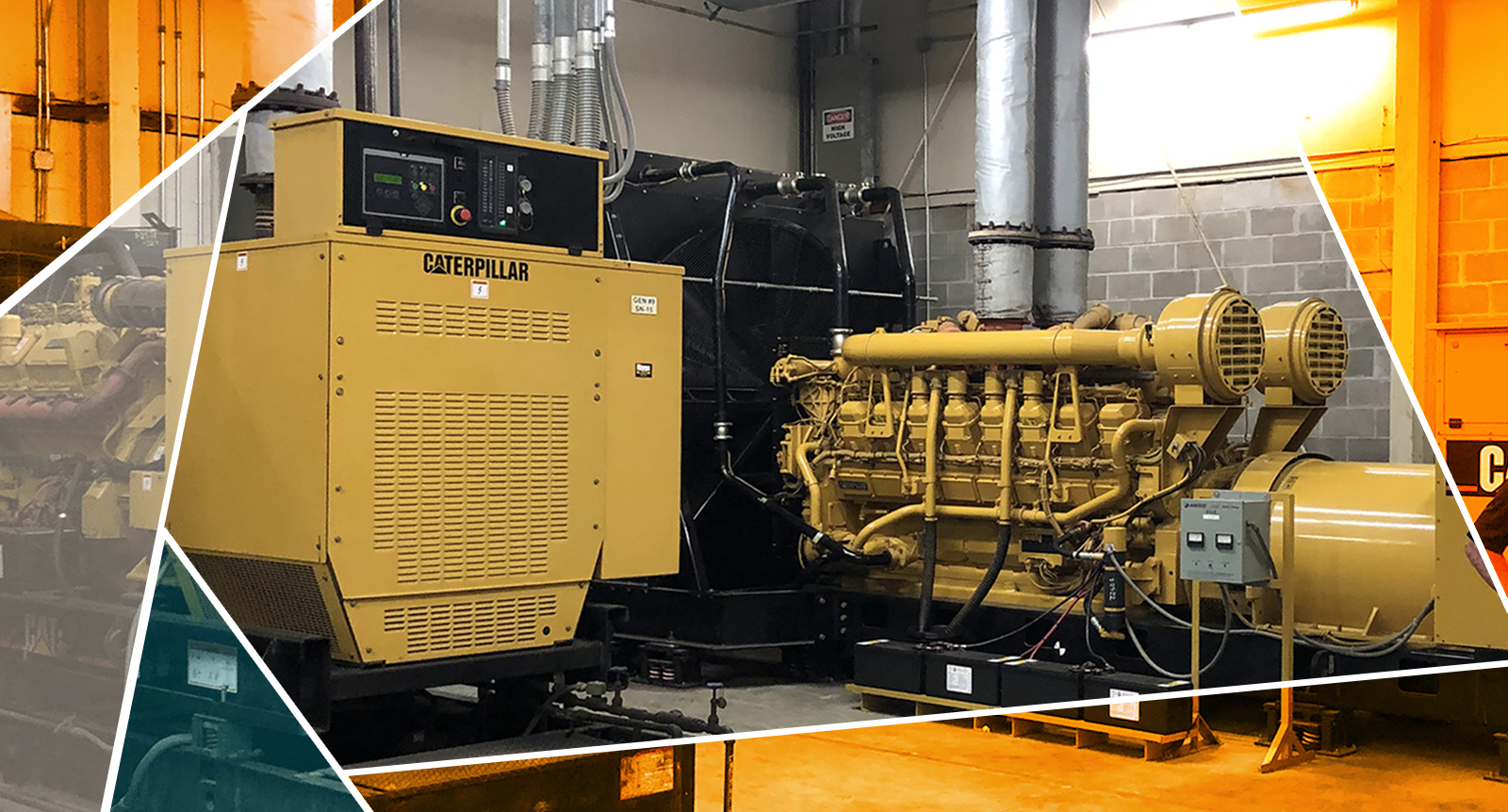Arkansas Children’s Hospital (ACH) embarked on a transformative journey to fortify its power infrastructure rooted in forward-thinking approaches. Cromwell participated in this project from conception through commissioning, drawing on a wealth of experience from prior healthcare facilities and a robust technical background.
The project came about due to technical compliance challenges with the hospital’s interruptible rate agreement with energy providers. Issues arose during power transitions when the existing generators substituted utility power, leading to disruptions and, in a few instances, power drops within the hospital premises. These glitches necessitated a seamless synchronization between the energy provider and the hospital’s internal systems, a task that proved remarkably intricate. It was at this point that ACH reached out to Cromwell for assistance.
Cromwell worked with ACH to develop specifications for a controls system upgrade and assisted with the procurement. Riggs Caterpillar was selected as the provider.
The meticulous process involved intensive testing and analysis by Caterpillar and Cromwell. Rigorous routines against load banks were conducted to ensure flawless integration before subjecting the systems to real-load conditions. During this final phase, Cromwell did submittal reviews and was involved with onsite testing and commissioning. This intensive testing phase spanned approximately a month, demonstrating ACH, Cromwell, and Caterpillar’s commitment to precision and reliability.
One incentive for ACH to come off the energy utility grid was financial, given penalties incurred for non-compliance with curtailment requests. Embracing this initiative meant not only mitigating financial penalties but also enhancing their own energy autonomy.
Uncertainty in synchronization emerged as the primary challenge, prompting an investment of around $1M in controls to rectify the issue. The technical aspect extended to ensuring that the five generators’ 13,800 volts seamlessly matched ACH’s existing infrastructure, ensuring compatibility and reliability.
Operating within a contract-defined number of curtailment hours from energy providers, ACH undertakes regular generator exercises and is equipped to endure natural disasters. The distinction between an energy plant and a generator plant for curtailment and resiliency purposes became evident, with the latter necessitating stringent air permitting due to emissions regulations.
The collaboration between Caterpillar, Cromwell, and the ACH staff played a pivotal role in ensuring successful implementation. Training sessions, witnessing, and proactive reviews empowered ACH staff to proficiently manage and operate these systems independently, ensuring reliability and continuity.
Beyond immediate financial considerations, the project’s long-term impact will be felt in predicting operational costs amidst changing energy rates. Additionally, the implementation facilitates electrical peak demand shaving, providing ACH greater control over energy expenditures during periods of heightened demand. Most importantly is the resiliency of ACH as they are able carry their own electrical load almost indefinitely as long as a source for diesel fuel is available.
This monumental project not only safeguards ACH against potential disruptions but also positions the hospital as a resilient stronghold, capable of weathering storms—both metaphorical and literal—while maintaining an unwavering commitment to patient care and safety.
Download a PDF of this success story here.




